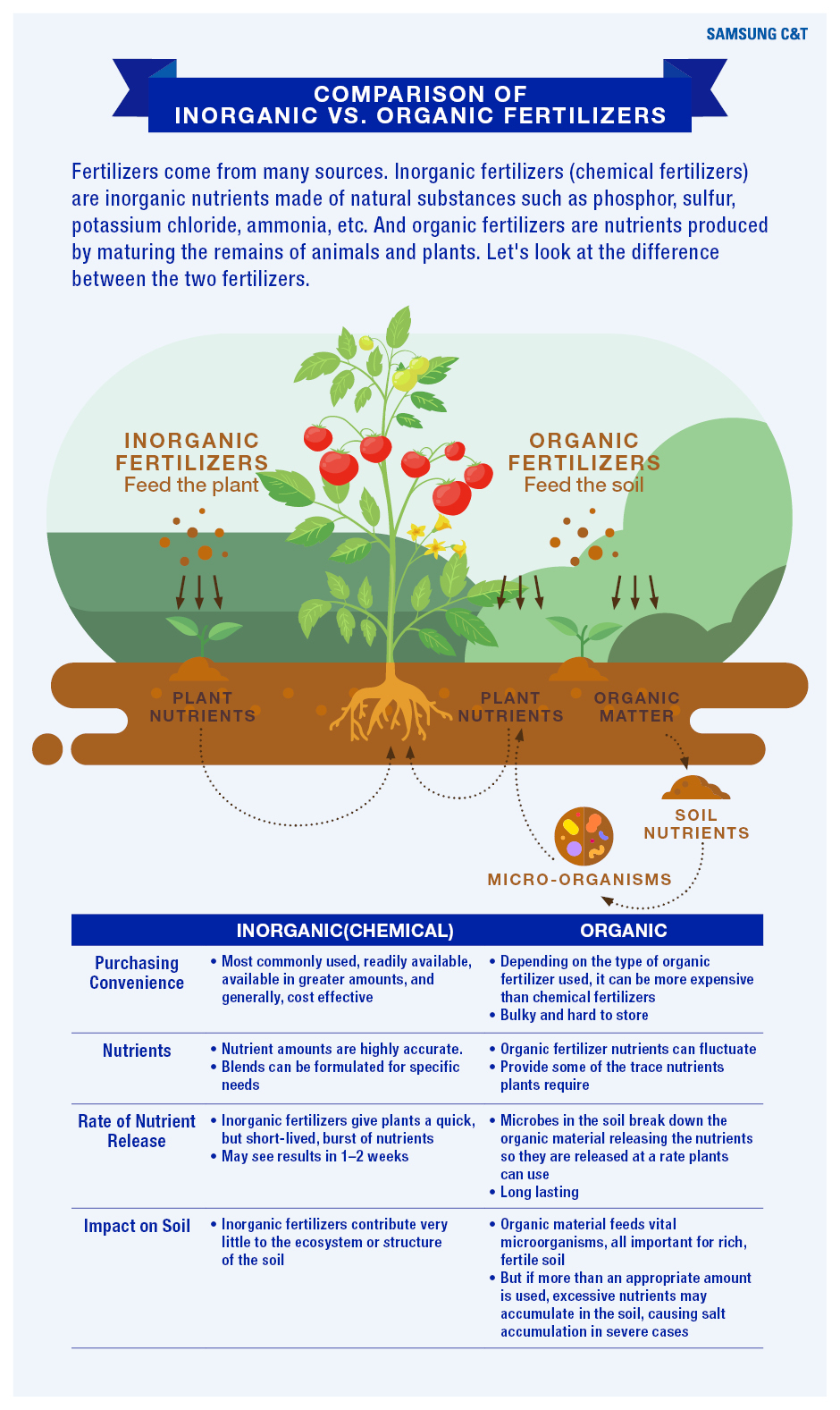
Among all the numbers we met in 2021, one of the most serious for the world was the price of food. The UN’s benchmark food and commodity prices index shows that we saw a 28.1% jump from 2020 – a 10-year high. Normally prices would stabilize as production rises to meet demand, but high input costs, the ongoing pandemic, and climate volatility prevented this from happening last year, according to the UN’s Food and Agriculture Organization (FAO).
For global trading companies, one of the most important factors to consider when supporting food supply is the fertilizer market, as surging fertilizer costs have been identified as a major factor driving up food prices – affecting every plate of food given how vital fertilizer is to raising crops for both direct human consumption and livestock feed.
With concerns lingering about the outlook for this year, let’s take a closer look at the fertilizer situation.
What’s caused fertilizer costs to surge?
There are various factors explaining why fertilizer prices have more than doubled over the past year. Fundamentally, it’s due to a global shortage of the chemicals needed to make fertilizer – and one of the main reasons for this is the global energy crisis we addressed last year. That’s because the most important types of fertilizer are nitrogen-based and processed using coal or natural gas.
While the shortage of those energy sources caused some fertilizer plants to shut down in Europe, China cut exports to maintain supply at home. And then extreme weather, including hurricanes in North America, hit fertilizer production along with global shipments.
As a result of the ongoing impact, farmers are expected to use less fertilizer and therefore produce less crops, keeping food supply down and prices high.
The importance of inorganic fertilizer
The emergence of inorganic fertilizer production just over 100 years ago has undoubtedly transformed the world – feeding the global population, which has jumped by around 7 billion in that time.
Inorganic fertilizer, which is chemical-based nutrient, is predominantly nitrogen-based, including urea and ammonium. Other important inorganic fertilizer materials include phosphorus and potassium. By comparison, organic fertilizer comes from animals and plants.
So, why use inorganic? Despite rising costs, they are still considered more affordable, effective, and easier to use. The infographic below expands on the differences.
Role of Samsung C&T
There are some factors that are impossible for any global trading company to control, such as global food demand, pandemics, and weather conditions. Yet, traders can draw hope from past recoveries, such as when fertilizer prices stabilized in 2009 after rapidly spiking in 2008.
By harnessing international networks to strengthen supply chains and maximize trading opportunities, trading companies can help ride out the storm. Samsung C&T Trading & Investment Group is well placed to do so because it has offices across the world, and has been operating in the fertilizer business for decades since the 1970s.
As a global trader, Samsung C&T is keeping a close eye on changes in the fertilizer market and cooperating with customers around the world to expand supply of chemical fertilizers as well as ammonia used as a raw material for fertilizer production. Ultimately, the company is aiming to contribute to the stabilization of fertilizer and food prices amid the current imbalance in supply and demand.









